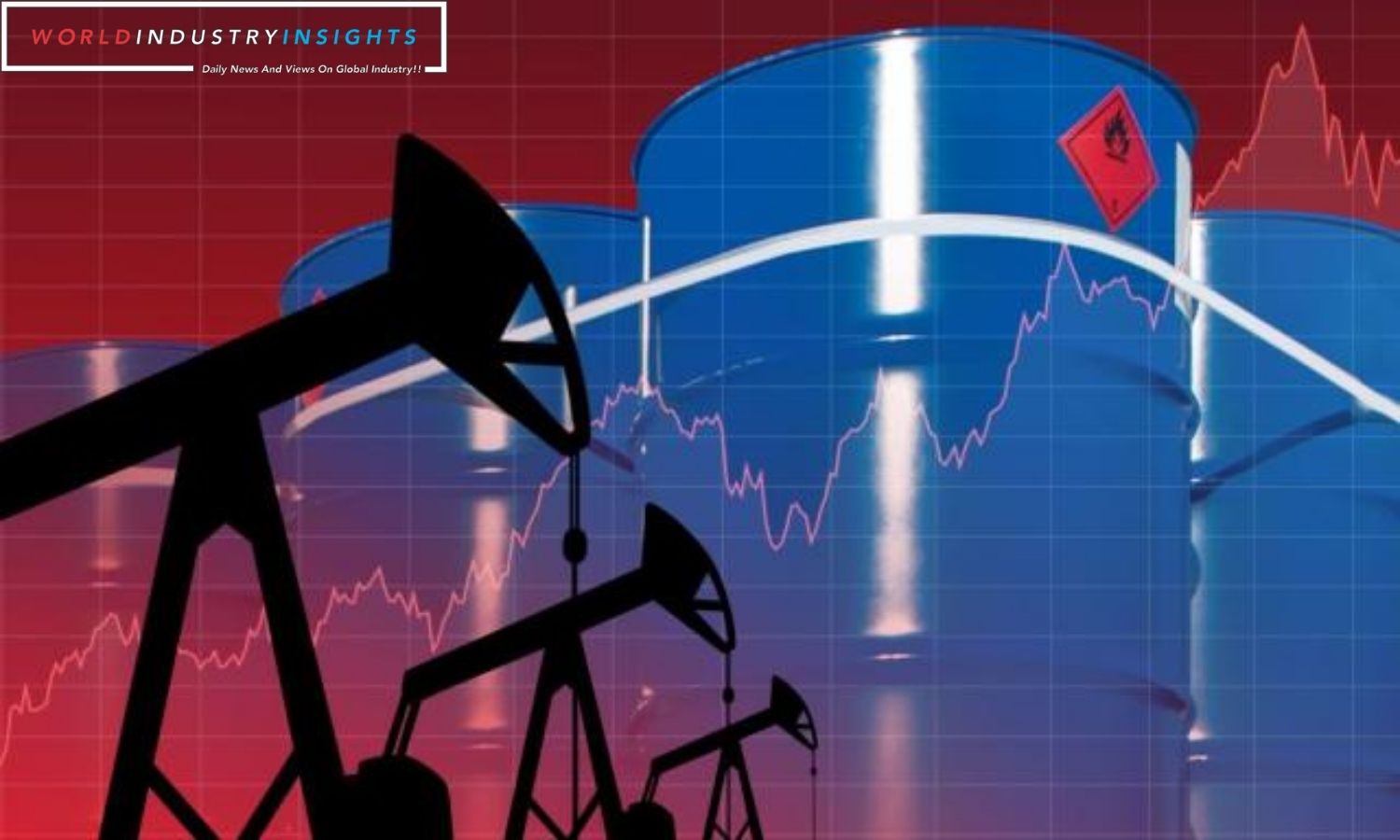Oil Prices Dip Amidst Optimism: As part of the complicated dance of world economies, oil prices changed direction slightly on Tuesday, following a significant drop of $1 the day before. Many things have led to this subtle change, including hopes that U.S. sanctions against Venezuelan producers will be eased in the future and attempts by Washington to stop the war between Israel and Hamas from worsening.
At 03:33 GMT, Brent oil futures steadily fell by 5 cents, ending the day at $89.60 per barrel. West Texas Intermediate oil (WTI), which is the American version of it, also fell 23 cents at the same time and stayed at $86.43 per barrel.
After a long break, the Venezuelan government and opposition are likely to start talking again through official channels. President Nicolas Maduro brings up the idea of less strict penalties from a wary Washington. He thinks these talks are very important for the 2024 election. U.S. sanctions have been in place on Venezuela’s oil exports since 2019 because of how Maduro’s government ran the 2018 elections, which the U.S. saw as a farce with widespread human rights violations.
Also Read: Oil prices are dropping as investors evaluate the consequences of the Israel-Hamas conflict
Last week, the oil market went through a big spike because of fears that the war in the Middle East would spread. The global standard Brent rose by 7.5% in a week, which was the biggest rise since February. Because of this, U.S. Vice President Joe Biden will pay a very important visit to Israel on Wednesday. The goal was to deal with an attack against Hamas that is getting worse and has caused a humanitarian disaster in Gaza and made people more worried about getting involved with Iran in more ways.
But even though we are being careful, the danger is still there. As of this Tuesday, ANZ Research found that the possible expansion of the conflict’s theatre is quickly reaching an unavoidable point. This is what Iran’s foreign minister says as a warning.
As part of its ongoing work to keep oil prices stable around the world, the Biden government is struggling to improve the flow of oil. Since Venezuela hasn’t made any new investments recently, it’s clear that any rise in oil production is still a long way off. In this complicated global ballet, time seems to be the resource that is hardest to find.
Our Reader’s Queries
Where are oil prices headed in 2024?
Experts are predicting that the oil prices in 2024 will hover around $90 per barrel. The U.S. Energy Information Administration (EIA) has forecasted that the global benchmark, Brent crude, will average at $93 per barrel, which is an increase from the expected average of $84 per barrel in 2023.
Why oil prices dropping?
The year ended on a sour note for U.S. crude oil, with prices dropping by over 10%. This is due to concerns that the market is oversaturated with oil from non-OPEC countries, leading to a bearish sentiment. Despite record production levels, the excess supply has caused prices to plummet.
What is Goldman Sachs oil price forecast for 2024?
Goldman Sachs’ strategists, led by Daan Struyven, have revised their price outlook for Brent crude, lowering it by $10 per barrel to a range of $70-$90. The international benchmark is expected to reach its peak at $85 per barrel by June 2024, with an average of $81 or $80 over the following two years. This is a decrease from their previous forecast of $92.
What is the outlook for oil prices?
According to industry experts, the price of oil is expected to remain steady between $80-$90 per barrel in 2024. The OPEC+ alliance is predicted to have a significant influence on market trends during this time.


